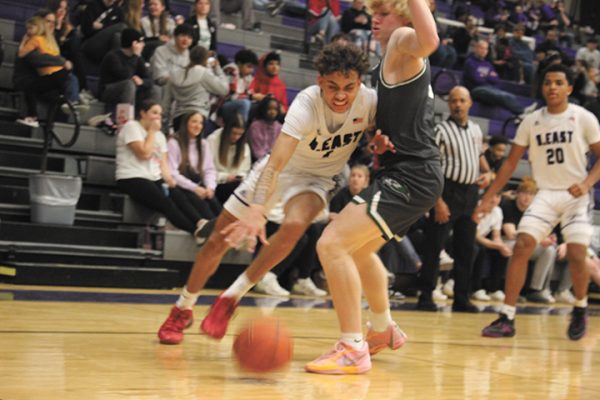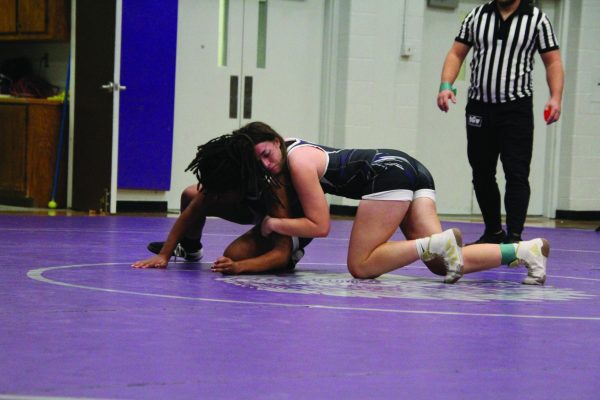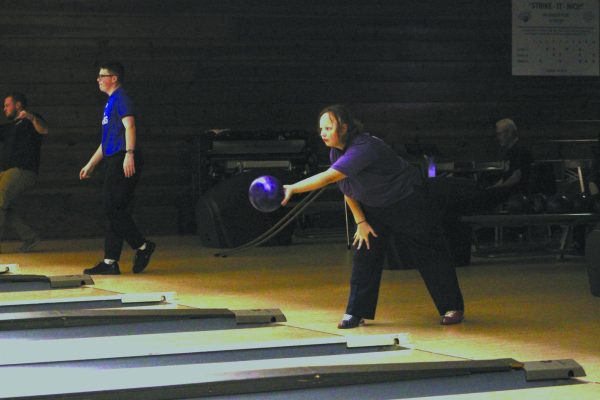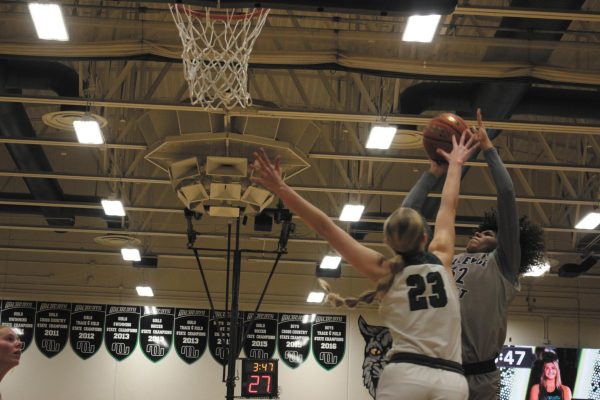New precautions to beat the heat
Elijah Carrera Co-Editor in Chief
September 30, 2022
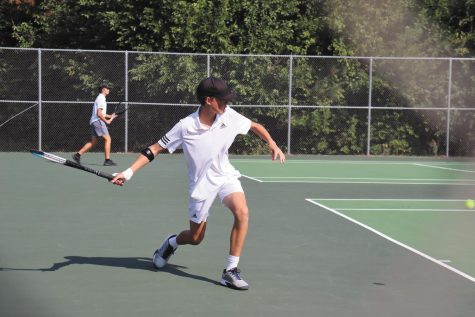
Grass is dying from direct exposure to the sun’s harmful rays, and the sidewalk is so hot you could boil an egg on it. Nine of the top ten warmest recorded years for the contiguous 48 states have occurred in the last 25 years. The U.S. is forced to adapt to steadily rising temperatures. A specific example of can be found within East’s athletics.
“The new guidelines use WBGT (wet bulb global temperature) instead of heat index. WBGT takes into account temperature and humidity just as heat index did, but goes further and also takes into consideration wind speed, sun angle, and cloud cover (solar radiation). This gives a better indication of how the weather is affecting the athletes,” Athletic Trainer Richard Nelson said.
The modified system demonstrates changes for all athletics conducted outdoors. In tennis, sophomore Brandon Tracy has noticed some sort of difference.
“Practice is pretty similar to last year, the only noticeable difference is the water breaks according to the different color day it is,” Tracy said.
According to the National Center for Catastrophic Sports Injury Research (NCCSIR), football averaged 2.4 exertional heat stroke (EHS) deaths during the year (2016-2021). That is a 1.4 per year increase from previous years.
“[According to] guidelines, each school must also have a way to cool athletes quickly if a heat stroke occurs. This can be done in a tank filled with ice water (this is what we have at East) or by the taco method, which involves using a tarp,” Nelson said. “The athlete is placed on the tarp and covered in ice water and gently agitated back and forth. We will do either method until the athlete’s temperature returns to 102 degrees and then we will transport them to the hospital,” Nelson said.
EHS is the leading cause of preventable death in high school athletics. According to EDU Risk, to effectively reduce that amount, anyone involved in sports conducted outdoors must learn to recognize symptoms, train acclimatization, and prioritize hydration.
“There is a 100% survival rate if an athlete is cooled within the first 10 minutes of heat stroke. Survival rate decreases every minute after the 10 minute mark,” Nelson said.
According to an article published by The Neighbor last month, the NSAA distributed 200 Kestrel 5400 weather meters, the device that measures WGBT, to schools all across Nebraska.
“You need special equipment to measure WBGT and it needs to be measured where you will be competing. For example, we measure on the football field for football since the temperature is normally higher on the turf vs grass. We use a Kestrel 5400 to measure this. The WBGT reading is then used to determine any modifications we need to make for practice. They are divided into categories from Green to black,” Nelson said.
The overall goal of the new implementations is to receive more accurate and precise weather measurements, and how they affect athletes.
“The biggest thing is probably the education part of it because, really, schools are not making any decisions that they weren’t making before. We’re just giving them tools to make that easier to read,” NSAA Assistant Director Ron Higdon said.




![Stay focused. With a concentrated gaze, sophomore Zoey Howard waits to get the ball from her teammate. Howard believes that female athletes can continue to be leaders and great role models for younger girls to look up to. “I am aware [that female athletes are paid less than male athletes] and it makes me mad because women work just as hard as men; we can continue to push for more equality by putting ourselves out there,” Howard said.](https://thechieftainspear.org/wp-content/uploads/2024/02/zoey-howard-for-web.jpg)
